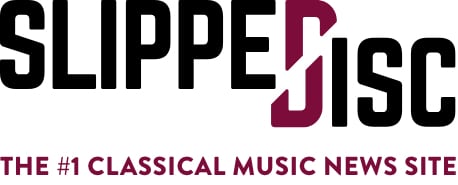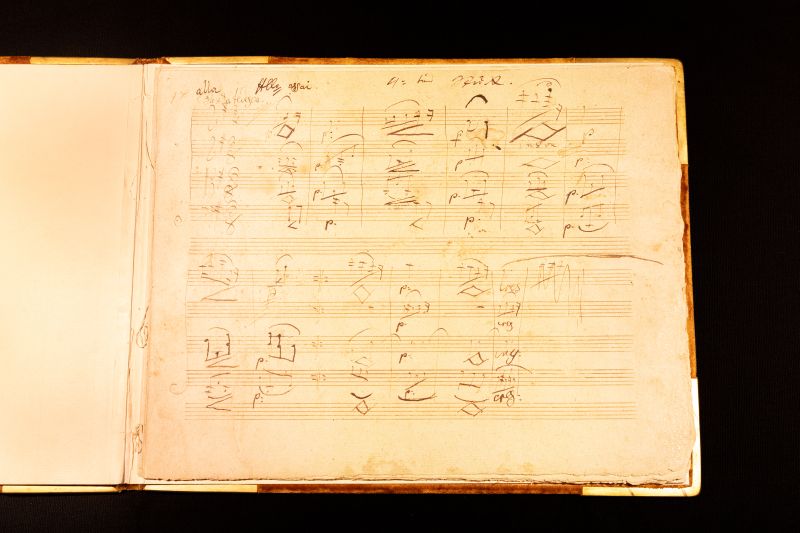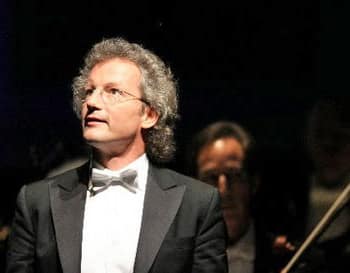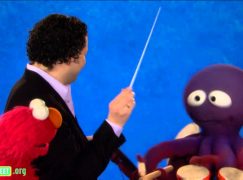New twist on classical record stats
mainThis just in from Eric Dingman, president of EMI Classics:
I’d like to add some points for the discussion…
Perhaps useful to remember that the % swings dramatically in years when major Classic releases happen because of the relative small size of classics %-wise in USA. This indicates that there can be broader interest than the prevailing 2 – 2.5%
South Korea’s reputed 18% classics share of sales relates to the physical product sales which in SK are now only 50% of total music sales; within digital sales classics in SK is almost 0% – at total effective market share for Classics of 9% so opportunity to get ‘digital’!
The retail challenge for Classics (like that for Jazz) is that with a larger number of titles each selling smaller quantities versus same for Pop, Classics either needs a higher price to generate similar return per square metre of retail shelf space or it looses its shelf space first in favour of titles that turn faster & generate more revenue for the retailer (Pop, Films, Games).
Over the past 10 years as Classics prices reduced to drive sales (campaigning, introduction of more budget series), the margins the genre offers retailers has progressively declined and thus accelerated this negative trend. Good news is that there has been strong steady growth of digital and home delivery (physical) for Classics in most major markets; Amazon is now world’s largest buyer of Classical music, followed by iTunes.
Also on the positive side – and based on the belief that there is no shortage of great classical talent, and that music lovers can still be ‘won over’ to classics, I see the opportunity as:
a) labels, & venues making better, more effective connections to classical music lovers (eg which channels, marketing works best in these changing circumstances); and
b) creative, relevant and eye catching ways to introduce ‘true’ classical artists and repertoire to new audiences (versus assuming they will only respond to ‘cross-over) or thinking these new fans will simply walk into the opera house on their own.
To me the 10,000 people in
Eric
NL adds: It’s late at night so I won’t append a commentary, but Eric has added a good measure of clarity to the debate and I’ll be happy to return to it as comments continue to come in.





To the labels: Get to know your product, do your homework in placing it on the market, check on editorial deficiencies on Amazon (customers want to know what they are buying…Otello by Karajan ????), look into the back catalogues and exploit hidden treasures (that means knowing your product as mentioned above).
One really gets the impression that the marketing dept. of big labels have no notion of their product, smaller labels with know-how are doing a fine job, they keep their costs low and do not need blockbuster sales. Paul Potts is OK for soccer games, otherwise of no relevance in the field of classical music. We do not need more Otellos oder Traviatas, there is enough music left to be discovered and recorded. MP3 as original sales media does not fit for classical music, the music lover wants physical media, and those who need MP3 will convert this individually. Quality and talent will sell, this is the challenge.
Hi there,
It’s worth noting that the 2-2.5% figure is similar to the RIAA’s market reports (maybe you got it from there), and is within the sampling error of their data (iirc, +/-3%). Short of hard sales figures it’s therefore wise to be cautious of statistics that analyse the whole CD market by genre, particularly when plotting a trend over several years.
Also, what’s your source for the SK data please?
Thanks
Tim